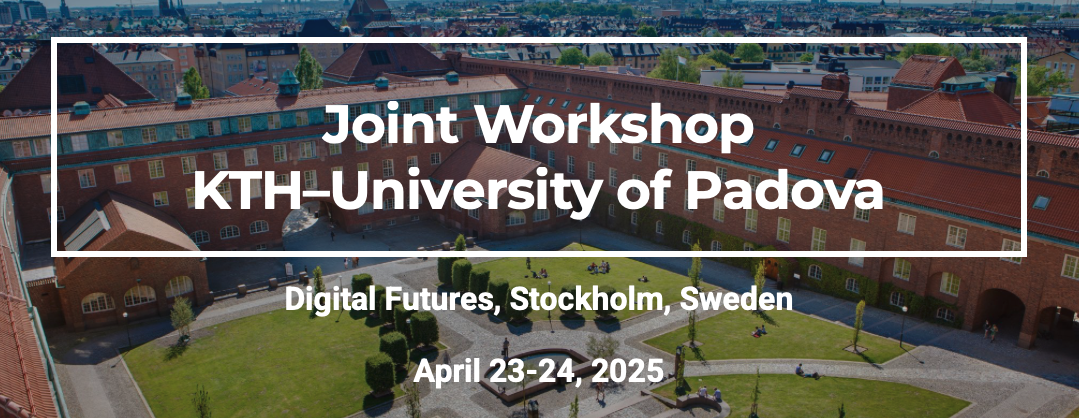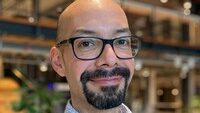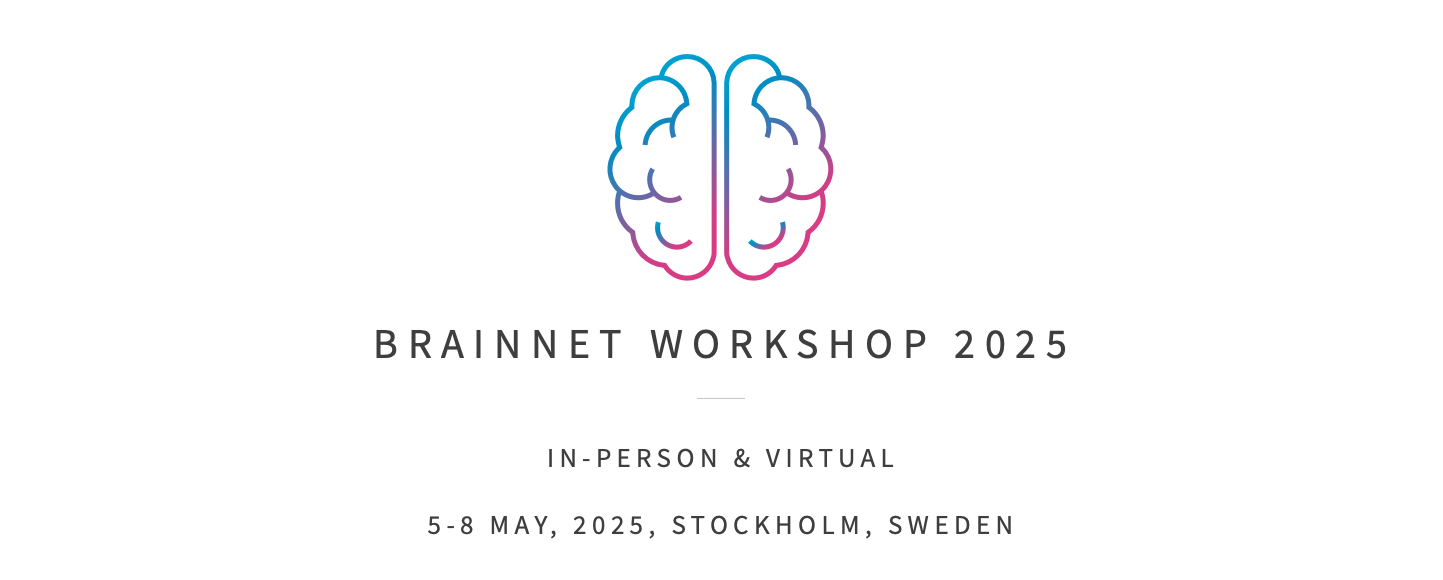Date and time: 15 September 2023, 11:00-12:00 CEST (UTC +2)
Speaker: Jian Li, University of Florida
Title: Over a Century of Array Signal Processing
Where: Digital Futures hub, Osquars Backe 5, floor 2 at KTH main campus OR Zoom
Directions: https://www.digitalfutures.kth.se/contact/how-to-get-here/
OR
Zoom: https://kth-se.zoom.us/j/69560887455
Meeting ID: 695 6088 7455
Moderator: Johan Karlsson, johan.karlsson@math.kth.se
Administrator: Alva Kosasih, kosasih@kth.se
Watch the recorded presentation:
 Abstract: Since the introduction of the phased array in 1905 by Karl Braun, a Nobel Laureate, array signal processing has advanced significantly over the past century. The era of the adaptive array was started by Jack Capon, signified by his seminal paper in 1969. The Capon beamformer has better resolution and much better interference rejection capability than the data-independent beamformer by Karl Braun, provided that the array steering vector corresponding to the signal of interest (SOI) and the array covariance matrix is accurately known and the SOI is uncorrelated to all other signals impinging on the array. However, whenever the knowledge of the SOI steering vector is imprecise, the number of data snapshots is scarce, or the SOI is correlated with multipath, which is often the cases encountered in practice, the performance of the Capon beamformer may become worse than that of the data-independent beamformer.
Abstract: Since the introduction of the phased array in 1905 by Karl Braun, a Nobel Laureate, array signal processing has advanced significantly over the past century. The era of the adaptive array was started by Jack Capon, signified by his seminal paper in 1969. The Capon beamformer has better resolution and much better interference rejection capability than the data-independent beamformer by Karl Braun, provided that the array steering vector corresponding to the signal of interest (SOI) and the array covariance matrix is accurately known and the SOI is uncorrelated to all other signals impinging on the array. However, whenever the knowledge of the SOI steering vector is imprecise, the number of data snapshots is scarce, or the SOI is correlated with multipath, which is often the cases encountered in practice, the performance of the Capon beamformer may become worse than that of the data-independent beamformer.
For over 50 years, making the Capon beamformer robust has attracted much interest and tens of thousands of papers on robust adaptive array processing have been published in the literature. To fundamentally overcome the limitations of the Capon family of beamformers, iterative approaches have been introduced in the recent literature. Most notably, the iterative adaptive approach (IAA) was published in 2010 and is shown to possess strong robustness and can work well under single snapshot and arbitrary array scenarios. We will compare the non-parametric and user parameter-free IAA algorithm with other well-known algorithms, including the data-independent beamformer, the Capon beamformer, the OMP algorithm introduced in the compressed sensing literature, as well as the parametric MUSIC and ESPRIT algorithms.
Bio: Jian Li received the M.Sc. and Ph.D. degrees in electrical engineering from The Ohio State University, Columbus, in 1987 and 1991, respectively. She is currently a Professor in the Department of Electrical and Computer Engineering at the University of Florida, Gainesville. Her current research interests include spectral estimation, statistical and array signal processing, and their applications to radar, sonar, and biomedical engineering. Dr. Li’s publications include Robust Adaptive Beamforming (2005, Wiley), Spectral Analysis: The Missing Data Case (2005, Morgan & Claypool), MIMO Radar Signal Processing (2009, Wiley), and Waveform Design for Active Sensing Systems — A Computational Approach (2011, Cambridge University Press).
Dr. Li is a Fellow of IEEE and a Fellow of IET. She is a Fellow of the European Academy of Sciences (Brussels). She received the 1994 National Science Foundation Young Investigator Award and the 1996 Office of Naval Research Young Investigator Award. She was an Executive Committee Member of the 2002 International Conference on Acoustics, Speech, and Signal Processing, Orlando, Florida, in May 2002. She was an Associate Editor of the IEEE Transactions on Signal Processing from 1999 to 2005, an Associate Editor of the IEEE Signal Processing Magazine from 2003 to 2005, and a member of the Editorial Board of Signal Processing, a publication of the European Association for Signal Processing (EURASIP), from 2005 to 2007. She was a member of the Editorial Board of the IEEE Signal Processing Magazine from 2010 to 2012. She is a co-author of the paper that received the M. Barry Carlton Award for the best paper published in IEEE Transactions on Aerospace and Electronic Systems in 2005. She is also a co-author of a paper published in IEEE Transactions on Signal Processing that received the Best Paper Award in 2013 from the IEEE Signal Processing Society.
Link speaker webpage





